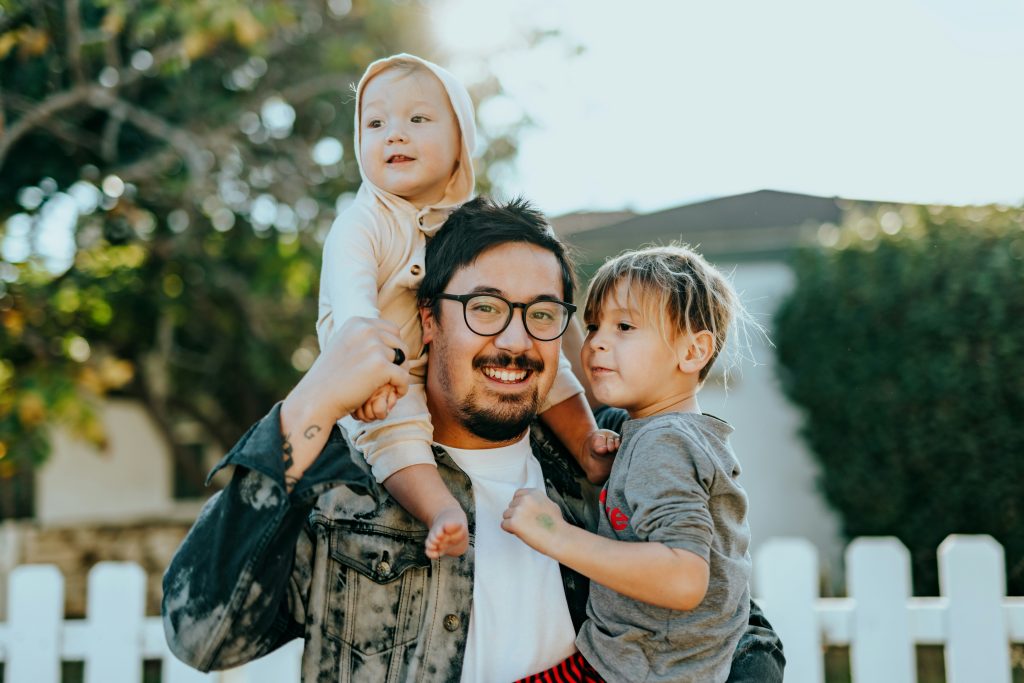Specific phobias involve an intense, irrational, and persistent fear of a specific object, situation, or activity. This fear is disproportionate to the actual danger posed, often leading to avoidance behavior that can significantly interfere with daily life.
The Many Faces of Phobias
The range of specific phobias is remarkably vast. Some common phobias include:
- Animals: Spiders, snakes, dogs, birds
- Natural Environments: Heights, storms, water, the dark
- Situations: Flying, enclosed spaces, driving, public transportation
- Medical: Blood or injections, dental procedures
- Other: Choking, vomiting, loud noises, specific characters such as clowns
How Phobias Feel
A phobia is not just a strong aversion or dislike; it triggers a profound fear response that can include:
- Intense Anxiety and Fear: Rapid heartbeat, sweating, difficulty breathing, trembling, feeling like you might faint or lose control.
- Avoidance at All Costs: Going to great lengths to avoid the feared object or situation, even if it causes significant inconvenience.
- Anticipatory Anxiety: Experiencing dread or anxiety just thinking about encountering your phobia.
- Recognition of Irrationality: Logically, you might know your fear is exaggerated, but that doesn’t make it any less overwhelming in the moment.
The Impact of Phobias
Depending on the severity and the specific object of fear, phobias have a varying impact on daily life. Some phobias, like a fear of public speaking, might have greater consequences in certain professions. However, any phobia can be emotionally and mentally draining, leading to significant limitations.
Why Do Phobias Develop?
The causes of specific phobias are complex and may involve a combination of:
- Genetics and biology: Some people might have a predisposition to developing specific phobias.
- Negative Experiences: A frightening encounter or even witnessing someone else’s traumatic experience can trigger a phobia.
- Learned Fear: Sometimes warnings from parents or media coverage can influence the development of phobias in children.
Treatment for Specific Phobias
Luckily, specific phobias are highly treatable. Some of the most effective approaches include:
- Exposure Therapy: The gold standard for phobias. Involves gradual and controlled exposure to the feared object or situation in a safe environment.
- Cognitive-Behavioral Therapy (CBT): Helps individuals challenge negative thoughts and develop healthy coping mechanisms for managing fear responses.
- Relaxation techniques: Deep breathing, mindfulness, and other stress-reducing techniques can help manage anxiety during exposure or encounters with the phobic trigger.
It is important to note that the techniques on this list overlap and may be included together in a plan of treatment for a phobia.
The content provided herein is intended for informational purposes only and should not be considered a substitute for professional advice or treatment. If you or someone you know is struggling with mental health-related concerns, seek guidance from a qualified behavioral health professional. Click here to get help now. Any links are provided as a resource and no assurance is given as to the accuracy of information on linked pages.

